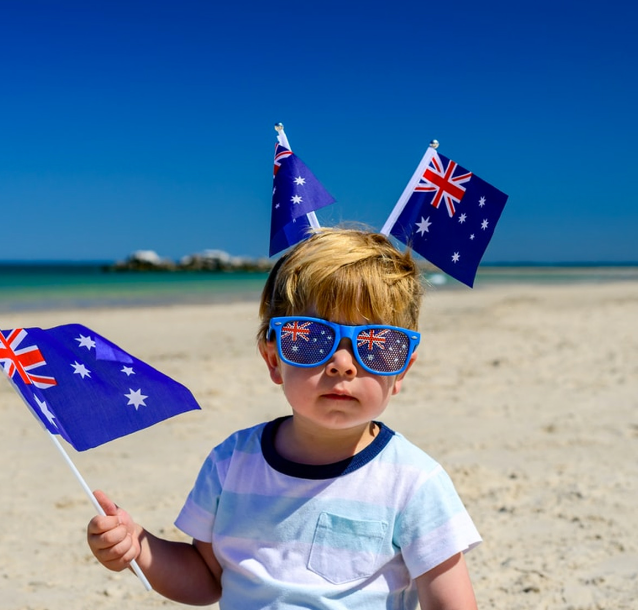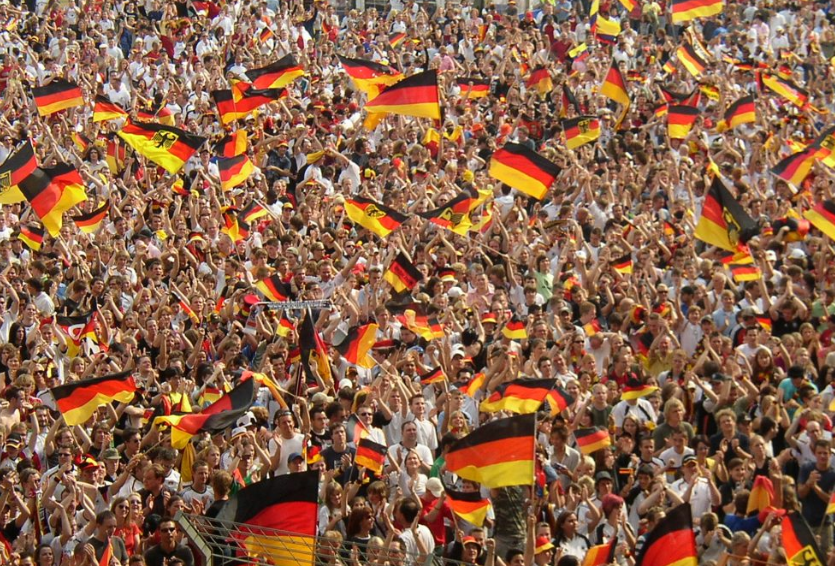The Dominican Republic National Festival, commonly known as Carnival in Punta Cana, is a vibrant and colorful celebration that captures the essence of Dominican culture. This article will delve into the heart of this annual festival, providing an in-depth exploration of its history, traditions, and significance. Join us on a journey through the lively streets of Punta Cana as we unravel the magic of Carnival.
History of Carnival in Punta Cana
Carnival in Punta Cana has a rich and storied history that dates back to the colonial era. It was originally introduced by Spanish settlers as a pre-Lenten celebration, combining European traditions with African and indigenous influences. Over the centuries, the festival evolved, blending diverse cultural elements into a unique Dominican experience.
In the early days, Carnival served as a way for the Spanish elite to enjoy festivities before the solemn season of Lent. However, it also provided an opportunity for enslaved Africans and indigenous people to showcase their vibrant traditions through dance, music, and elaborate costumes.
Dominican Republic National Festival: Preparations and Costumes
One of the most enchanting aspects of Carnival in Punta Cana is the elaborate costumes worn by participants. These costumes are a labor of love, often requiring months of preparation and craftsmanship. Participants, known as “carnivaleros,” take great pride in designing and creating their costumes, which can weigh up to 50 pounds.
Each costume tells a unique story, often reflecting themes from Dominican history, folklore, or contemporary events. The intricate details, vibrant colors, and feathers that adorn these costumes are a testament to the dedication and creativity of the carnivaleros.
Parade and Street Performances on Dominican Republic National Festival
The heart of the festival lies in its vibrant parades and street performances. Thousands of dancers, musicians, and performers take to the streets, creating a dynamic and electrifying atmosphere. The main parade features elaborate floats and processionals that wind their way through the city, showcasing the creativity of the Dominican people.
In addition to the main parade, there are also smaller neighborhood parades, where local communities come together to celebrate and compete for the title of the best carnival group. These neighborhood parades offer a more intimate look at the festival’s traditions.
Traditional Music and Dance
Music and dance are at the core of Dominican culture, and Carnival in Punta Cana is no exception. The rhythms of merengue, bachata, and salsa fill the air as revelers move to the beat. Traditional Dominican instruments like the tambora, accordion, and maracas are featured prominently in the music, creating an authentic and infectious energy.
The dance styles on display during Carnival range from the sultry and passionate to the exuberant and joyful. Dancers often wear bells on their ankles, adding a rhythmic element to their performances. The music and dance at Carnival are a reflection of the deep cultural roots of the Dominican Republic.
Dominican Republic National Festival: Culinary Delights
No celebration is complete without delicious food, and Carnival in Punta Cana offers a feast for the senses. Food vendors line the streets, offering a variety of mouthwatering dishes that showcase the country’s culinary heritage.
From savory empanadas filled with seasoned meats and vegetables to sweet plantains fried to golden perfection, there’s something to satisfy every palate. Traditional Dominican drinks like mamajuana and morir soñando are also enjoyed during the festivities.
Local Artisans and Craftsmanship
The festival also provides a platform for local artisans to showcase their talents. Craft stalls offer a wide array of handmade goods, from intricate jewelry to handwoven textiles. These artisanal crafts provide a unique opportunity for visitors to take home a piece of Dominican culture.
The Symbolism of Masks
Masks hold a special significance in Dominican culture, often representing mythical creatures and historical figures. They are an integral part of the festival’s traditions and add an air of mystery and intrigue to the celebrations.
Masks can be as simple as a painted wooden face or as elaborate as a full headpiece with feathers and sequins. They are worn by carnivaleros as they dance and parade through the streets, adding to the visual spectacle of Carnival.
Community Engagement and Unity
Carnival in Punta Cana is not just a spectacle; it’s a celebration that brings communities together. The sense of unity and belonging that the festival fosters is palpable. Families, friends, and neighbors come together to participate in or spectate the festivities, creating bonds that last a lifetime.
Conclusion
In conclusion, the Dominican Republic National Festival, Carnival in Punta Cana, is a magnificent display of culture, creativity, and community spirit. Its history, vibrant costumes, lively parades, traditional music, and delicious cuisine all contribute to making it a truly unforgettable experience. Join us in celebrating this annual extravaganza of Dominican culture.
Dominican Republic National Festival: FAQs
- When does the Carnival in Punta Cana take place each year? The dates for Carnival in Punta Cana vary, but it usually occurs in February or March, leading up to Lent.
- Are there age restrictions for participating in the festival? Carnival in Punta Cana is a family-friendly event, and there are activities suitable for all ages.
- How can tourists get involved in the celebrations? Tourists are welcome to join in the festivities, watch the parades, and immerse themselves in Dominican culture.
- Is there a specific theme for the Carnival each year? Yes, the Carnival often has a different theme each year, which influences the costume designs and parade floats.
- What are some other cultural festivals in the Dominican Republic? Aside from Carnival, the Dominican Republic hosts various other festivals celebrating music, dance, and food throughout the year.
References
- Dominican Republic Tourism Board. Official Website.
- Dominican Republic Live. History of Carnival in the Dominican Republic.
- Dominican Republic. Traditional Music and Dance.
- Lonely Planet. Dominican Cuisine.

